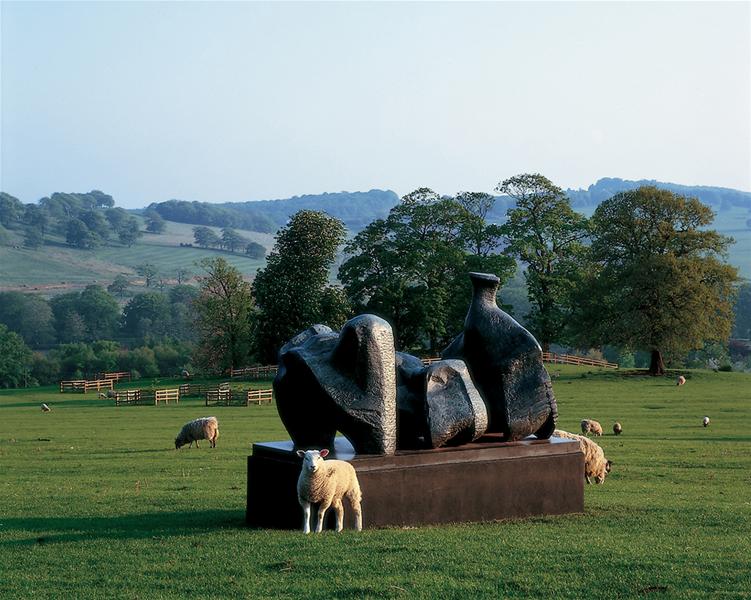The exhibition Henry Moore Comes Home will go on show at the British Council’s HQ in London after being seen as far afield as Albania, Kazakhstan, Macedonia and Uzbekistan by over 80,000 people.
Henry Moore was born in Castleford in Yorkshire, on July 30, 1898 and went on to become the most important British sculptor of the 20th century, and the most popular and internationally celebrated sculptor of the post-war period.
He was the seventh of eight children of a mining engineer and homemaker, and being inspired by Michelangelo, Moore began modelling in clay and wood at his school in Castleford to which he had been granted a scholarship.
After serving in World War I, Moore became the first-ever sculpture student at Leeds School of Art in 1919, before moving to London where he became Instructor of Sculpture at the Royal Academy of Art.
During World War II, he was commissioned by the War Artists Advisory Committee to make drawings of London’s civilians using Underground stations as bomb shelters
During his lifetime, Moore became synonymous with modern sculpture in England, America and beyond, introducing a wide public to modern styles such as Surrealism and primitivism.
He designed the original Bafta awards, a figure of a seated woman, which are now highly prized.
In 1963 he was awarded the British Order of Merit. He died in 1986 and buried in the Artist’s Corner at St Paul’s Cathedral. Only a few years after his death in 1986, his collection of 666 sculptures, 3,000 drawings and 8,000 prints was valued at £130m
“Sculpture is an art of the open air… I would rather have a piece of my sculpture put in a landscape, almost any landscape, than in, or on, the most beautiful building I know.”
Henry Moore Comes Homes is on display until 19th February 2016 https://www.britishcouncil.org/arts/henrymoore/
Henry Moore’s work can be seen in several locations in Yorkshire most notably The Yorkshire Sculpture Park and The Henry Moore Institute in Leeds.


